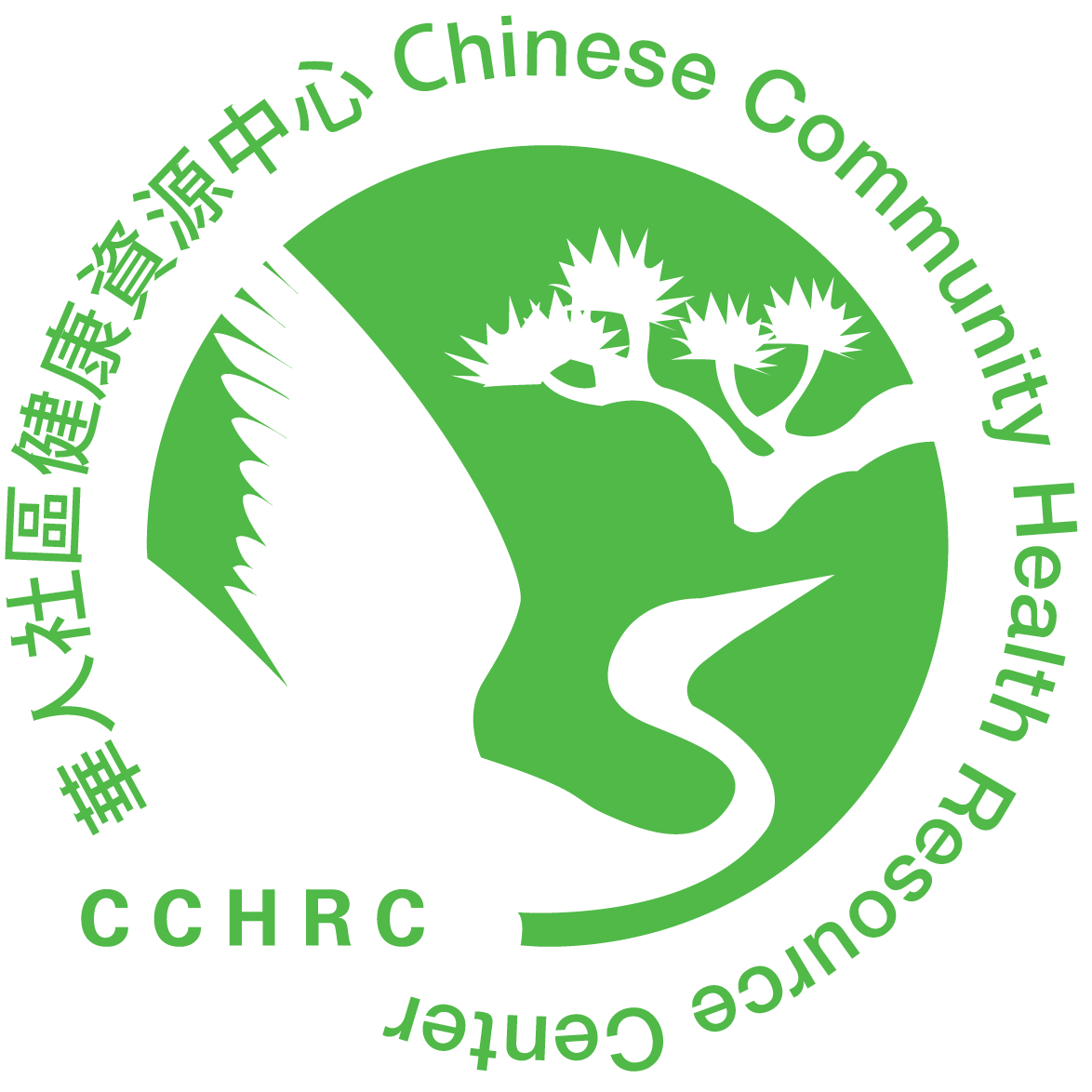What is Sickle Cell Anemia?
Sickle cell anemia is a genetic blood disorder that affects the shape of red blood cells. Normally, red blood cells are round and flexible, allowing them to move easily through blood vessels. In sickle cell anemia, the red blood cells become rigid and shaped like a crescent or “sickle.” This shape can cause problems because sickle-shaped cells can get stuck in blood vessels, leading to pain and other health issues.
How is Sickle Cell Anemia Inherited?
Sickle cell anemia is inherited, which means it can be passed down from parents to children through genes. To have sickle cell anemia, a child must inherit two sickle cell genes—one from each parent. If a child inherits only one sickle cell gene, they will have sickle cell trait, which usually doesn’t cause any health problems but can be passed onto future generations.
Who is at Risk?
Sickle cell anemia is more common in people of African, Mediterranean, Middle Eastern, and Indian ancestry. However, anyone can have the disease if both parents pass on the sickle cell gene.
What Are the Symptoms?
Symptoms of sickle cell anemia can vary, but they often include:
- Pain crises: Sudden episodes of pain caused by blocked blood flow, often in the chest, abdomen, or joints.
- Fatigue: Feeling very tired due to a lower number of healthy red blood cells.
- Swelling: Painful swelling in the hands and feet.
- Frequent infections: Increased risk of infections due to damaged spleen.
- Delayed growth: Children with sickle cell anemia may grow more slowly than their peers.
How is Sickle Cell Anemia Treated?
While there is no cure for sickle cell anemia, there are treatments to help manage the symptoms:
- Pain management: Over-the-counter pain relievers or prescription medications can help ease pain during a crisis.
- Blood transfusions: In some cases, blood transfusions can help increase the number of healthy red blood cells.
- Stem Cell Transplantation: The only potential cure for sickle cell anemia is a stem cell transplant. This uses healthy stem cells from a donor. This option is usually suggested for people who have serious complications, like stroke or chest problems.
- Vaccinations and antibiotics: Vaccinations and antibiotics are important to help prevent infections, especially in children with sickle cell anemia.
How Can You Support Someone with Sickle Cell Anemia?
If you know someone with sickle cell anemia, here are some ways to support them:
- Regular Check-ups: Ongoing medical care is essential to manage symptoms and monitor complications.
- Be understanding: Recognize that they may have pain episodes or fatigue and may need extra help.
- Encourage hydration: Drinking plenty of water can help prevent sickle cell crises.
- Help them stay active: Gentle exercise can improve overall health, but encourage them to listen to their body.
- Be an advocate: Support awareness and education about sickle cell anemia in your community.
Conclusion
Sickle cell anemia is a serious condition that affects many people, but with the right care and support, individuals with the disease can lead healthy and active lives. If you or someone you know has symptoms of sickle cell anemia, it’s important to see a healthcare provider for diagnosis and treatment. Remember, awareness and understanding are key to supporting those affected by this condition!
For More Information
- Visit the Sickle Cell Disease Association of America
- Check out the Centers for Disease Control and Prevention (CDC) on Sickle Cell Disease
- Explore support groups at the Sickle Cell Support Network
- Talk to your healthcare provider for personalized advice and resources.
Copyright © 2025 Chinese Community Health Resource Center
If you would like a copy of this health article, please click on the PDF button in the language you prefer. To view the PDF document, you’ll need Adobe Acrobat, which you can download here.
Bilingual:



